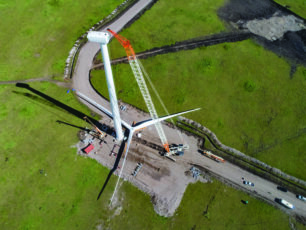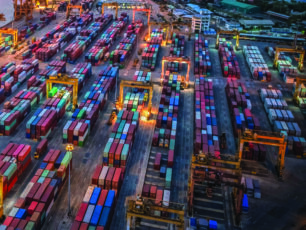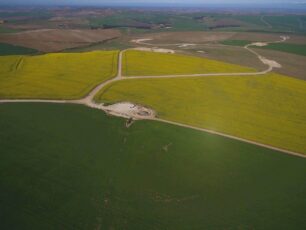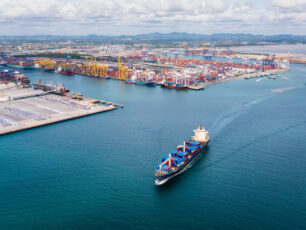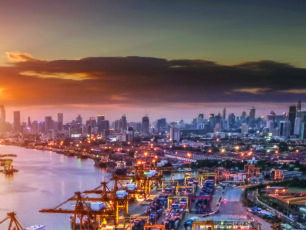Categorising the world this way gets beyond the perception that all Emerging Markets are the same. Investors do differentiate between developed markets – think of the perennial comparisons between the US and Europe as an example or indeed Northern vs Southern Europe. Why not do so for EM?
Our proposals are one of the ‘arrows’ in a risk assessment ‘quiver’. They do not of course necessarily tell you which the best places are to invest or deals in which to invest – the variables we have employed are easily observable and therefore discountable. In any case with long investment horizons, we expect some turbulence en route. Capital tends to flow to locations where risk is perceived to be lowest or declining and with compelling risk adjusted returns. Such flow can dilute potential returns through excessive competition for assets. But understanding and differentiating the risks being taken and pricing thereof is vital. That above all is the point of this exercise.

